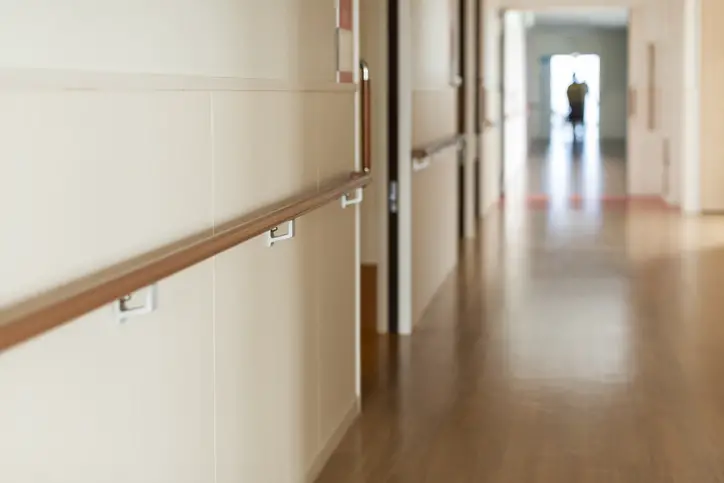For anyone living in a nursing home or other long-term or assisted-living facility, these are particularly difficult times. I’ve heard more than one resident complain bitterly about feeling trapped in their rooms, having meals left outside their door (rather than gathering in the dining room with friends), and not being allowed to participate in their routine activities or have visitors. “They’re treating me like a prisoner,” said one resident I know. Yes, for many, it’s feeling more like a prison than the place they knew as home before the pandemic.
And yet there are good reasons for all the restrictions. A recent analysis shows that residents of nursing homes and assisted living facilities account for 42% of all COVID-19 deaths in the US. In more than a dozen states, over half of deaths were among nursing home residents. West Virginia (80%), Minnesota (80%), and Rhode Island (73%) had the highest rates.
Unfortunately, nursing homes and other long-term care facilities offer the perfect breeding grounds for viral infections like the novel coronavirus: many people living indoors in close quarters and in close contact — in fact, regularly dining and socializing together.
Other contributors include:
- Advanced age is a risk factor for more severe illness with COVID-19.
- Chronic medical conditions. Hypertension, heart, lung, and kidney disease, and diabetes are common among nursing home residents.
- Inadequate testing and access to personal protective equipment.
- Ability to follow preventive measures. Those with dementia may not remember to wear a mask or maintain a social distance.
- Family adherence to preventive measures. Family members may try to bypass restrictions established by long-term care facilities because they feel the risks of COVID-19 are lower than the risks of keeping their loved one socially distanced, or they may be skeptical about the seriousness of COVID-19.
- Care needs. For people who need help dressing, bathing, and eating, it is impossible for staff to maintain social distance. Staff may lack necessary protective equipment, or find nearly constant mask-wearing and frequent disinfecting and hand sanitizing hard to maintain.
- Shared spaces. In many places, residents share bathrooms, bedrooms, dining rooms, and activity areas. Modifying how and where residents spend their days is challenging, especially for smaller facilities with tight budgets and little flexibility in the physical layout.
- Vulnerable staff. COVID-19 tends to be more severe among people who are poorer and members of minority groups (especially African Americans). Many employees in long-term care facilities are members of these higher-risk groups. Many cannot afford to miss work, and may work at more than one facility. So, if a staff member becomes ill, they may spread infection before they know they have it. Or, they may feel they need to keep working if their symptoms are mild.
- Understaffing, low pay, and high staff turnover are particularly common in this industry, and may also be important contributors.
What happens when a resident develops COVID-19? » Read More






